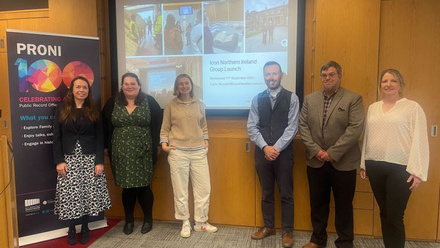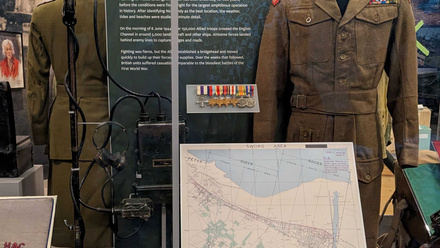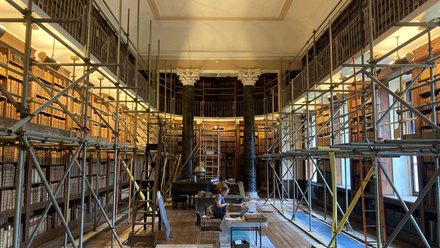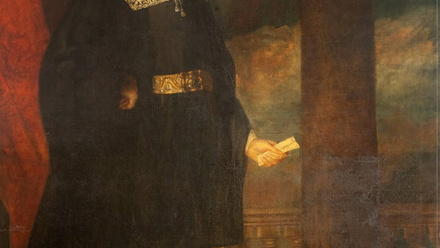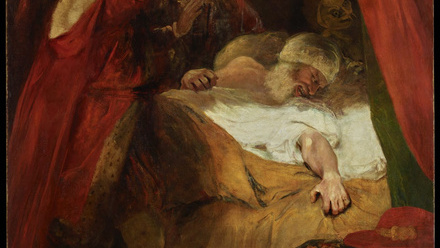A urine flask possibly used by a king and a remarkably preserved leather pouch embossed with crown symbols are some of the extraordinary artefacts featured in the Gloucester shipwreck exhibition, which opened at Norwich Castle Museum in February.
Along with wine bottles, spectacles, navigation tools and the ship’s bell, they were recovered from the wreck site by Norfolk brothers and divers, Lincoln and Julian Barnwell, and their friend and ex Royal Navy submariner and diver, James Little.
The Gloucester sank in the North Sea in 1682 while carrying James, Duke of York, before he became King James II and VII.
The distinctively shaped glass urine flask, found in 2018, would have been an essential part of 17th-century physicians’ equipment to assess patient health.
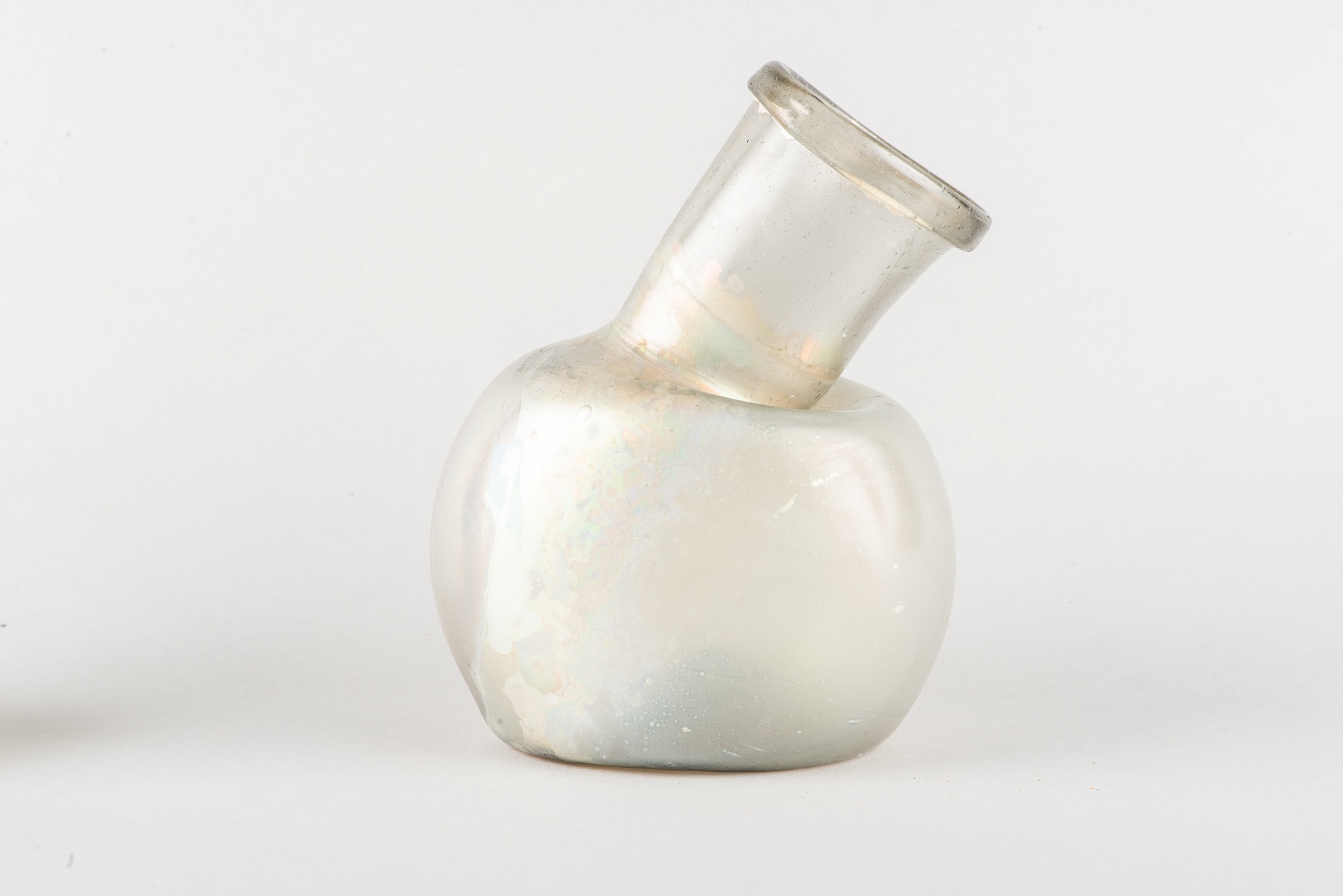
Records show three medical professionals on board the Gloucester: James’s personal physician, Sir Charles Scarburgh, the ship’s own surgeon, John Jones, who was part of the crew, and James Livingstone, personal physician to Sir David Falconer, a senior Scottish judge.
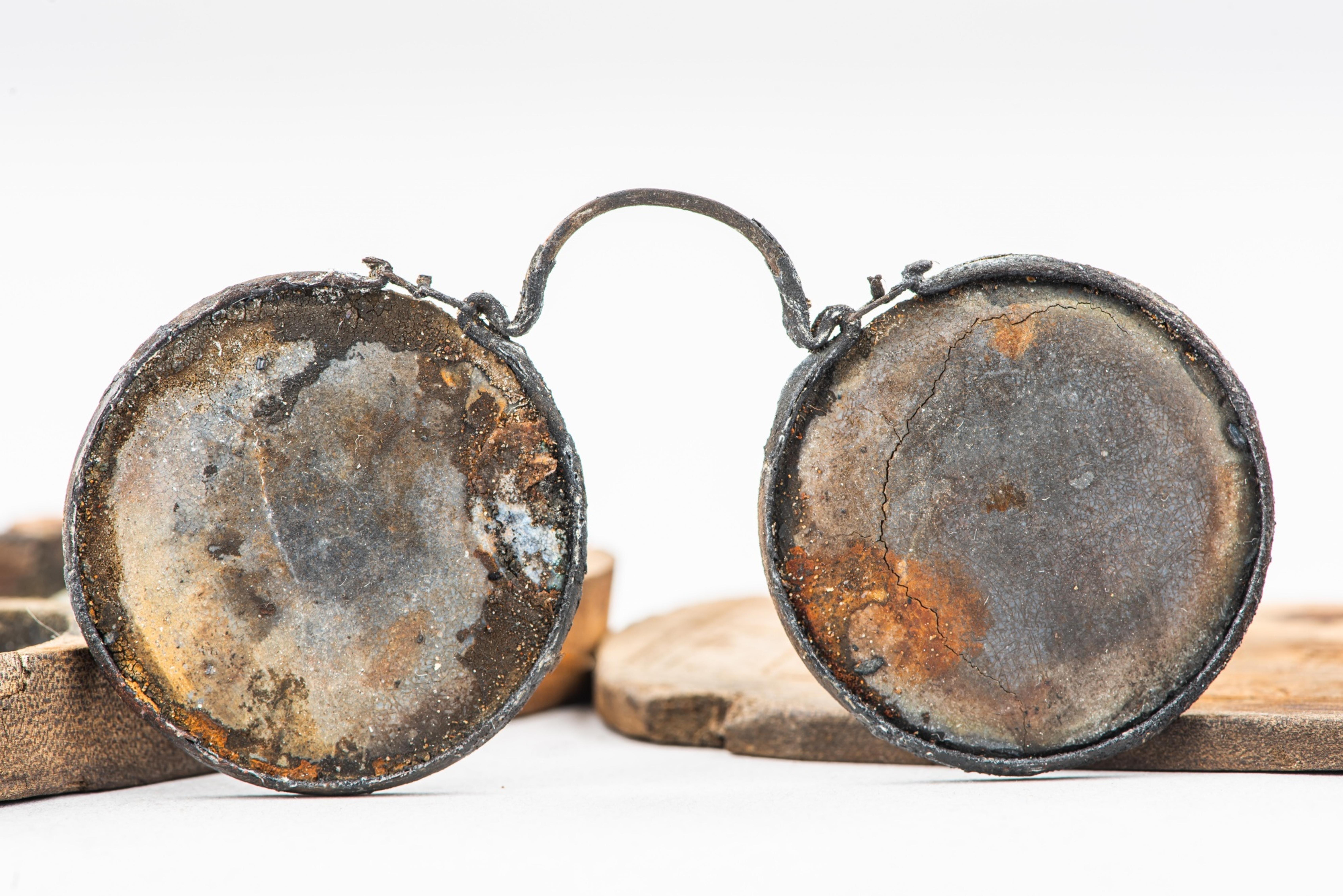
Other artefacts connected to medicine and health feature in the exhibition, along with a leather pouch that bears five crown symbols and is likely to have been the property of one of James’s servants – a vivid physical reminder of the ship’s royal status.

The Conservation Team at NMS discuss how they approached the found objects
The discovery of the Gloucester wreck came to the attention of Norfolk Museums Service conservation department in 2016. We initially provided advice on storage and handling, documenting the assemblage, and identifying the need for specialist assistance in the conservation of marine archaeological material.
Of particular concern, was the amazingly well-preserved organic material, namely the textile bundle, the mustard seed jar and a stack of horn combs. At that time, all the wet finds were in dark cold storage in domestic fridges helping to slow down degradation. But we knew the sooner that they could be treated, the better would be the final outcome.
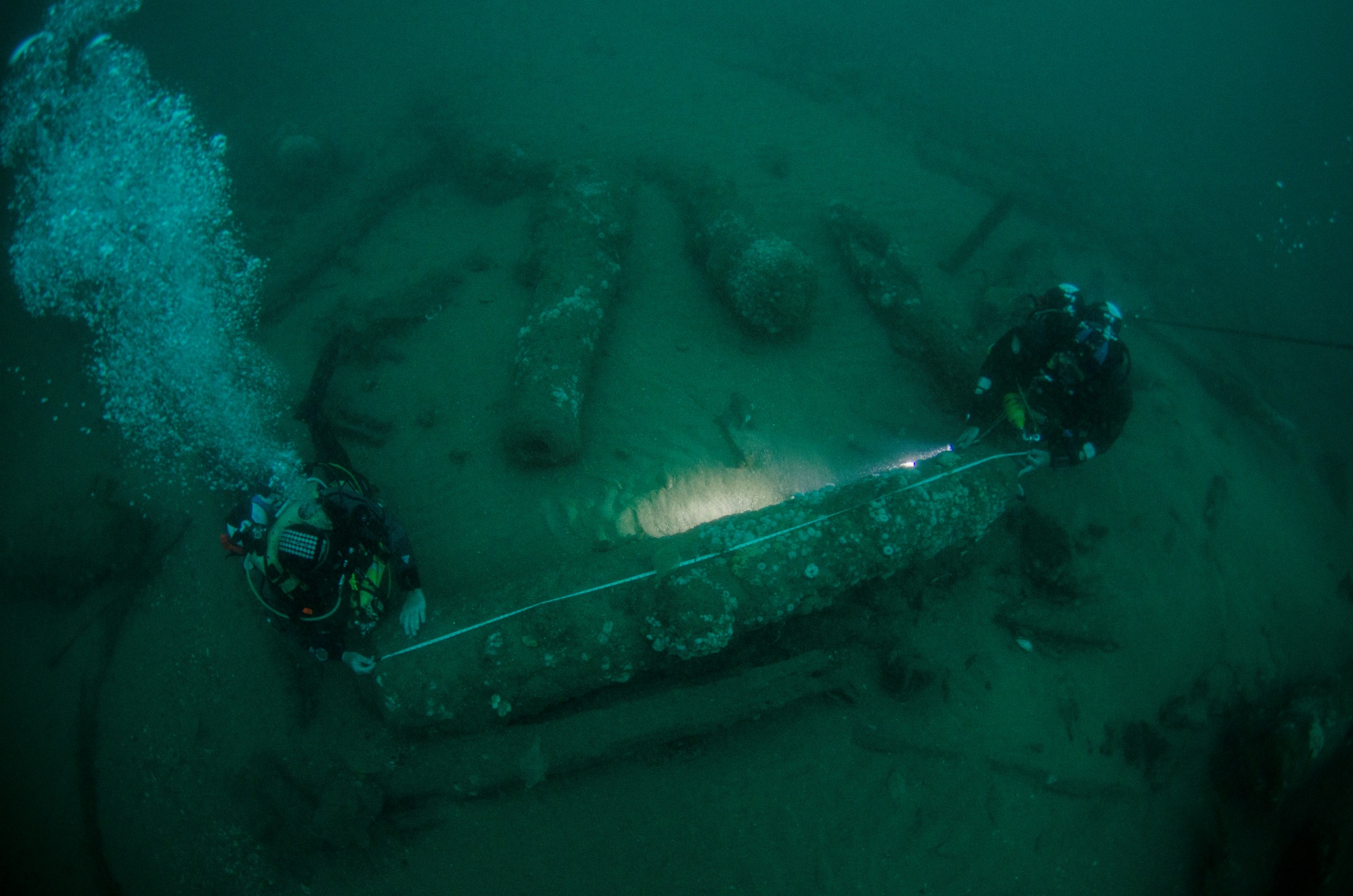
Prior to the exhibition, several items had already been conserved by YAT. These included the textile bundle which subsequently were found to comprise of two skirts, a collar and hood.
These were of considerable interest for NMS textile curator Ruth Battersby-Tooke and textiles conservator Deborah Phipps who helped to handle and re-shape the fragile silk items for better interpretation.
The well-preserved nature of many of the objects and of the textiles, which still hold their silk lustre, helped to capture people’s attention and bring in sponsors for the exhibition.

Whilst the actual conservation treatment of the finds was undertaken by the York Archaeological Trust, many members of the Conservation Team at Norfolk Museums Service contributed to preliminary project discussions and delivery of the exhibition including, Man-Yee Liu (Head of Conservation) Deborah Harris ACR (Senior conservator), Jonathan Clark ACR (Objects conservator), Deborah Phipps (textiles conservator) and Alice Forkes (conservation technician).
Advice was given on the very specific needs of marine archaeological finds and for their display, and discussions around the very complex policies and legislation applying to wreck sites featured at the very outset.
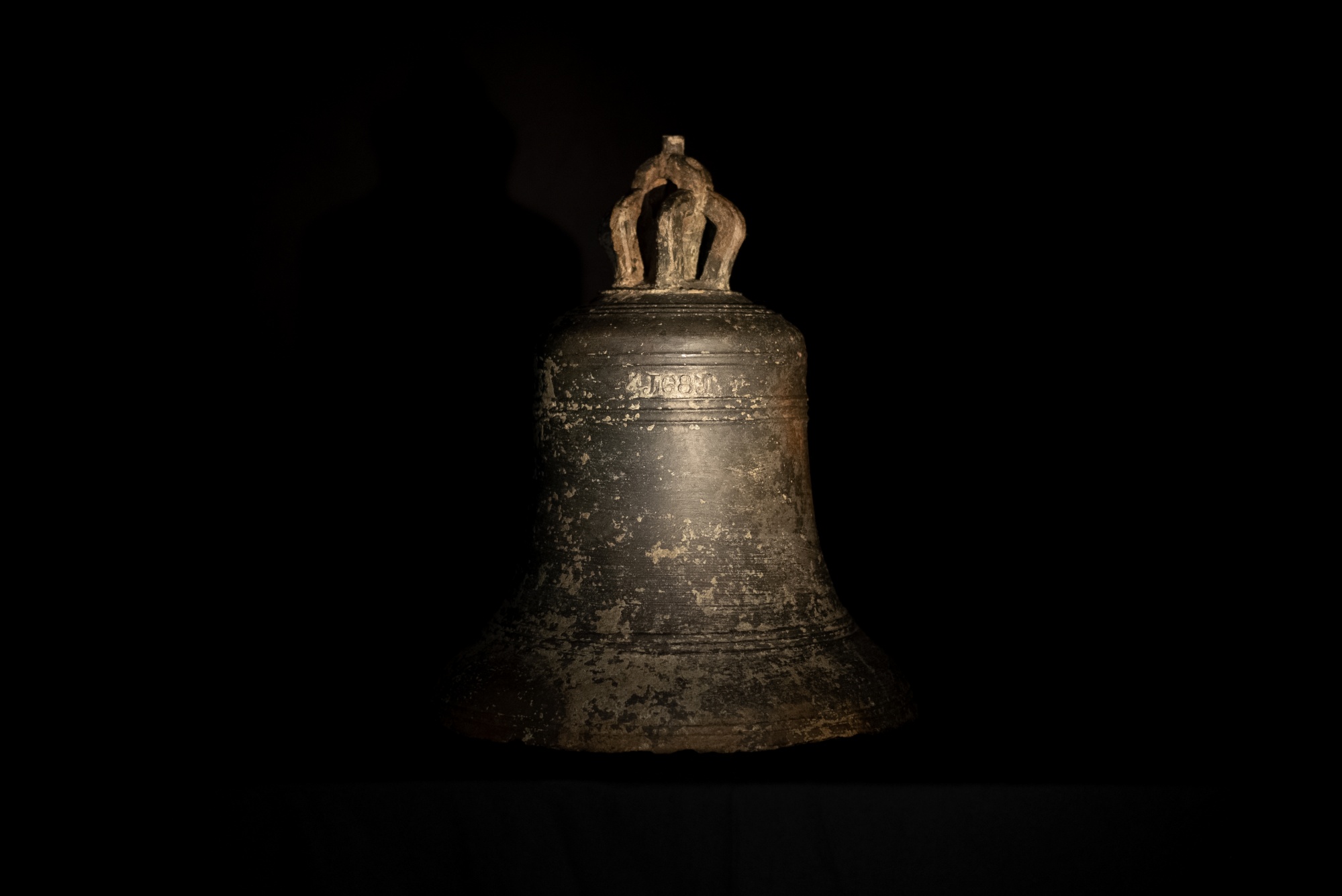
One highlight of the exhibition which is already proving popular with visitors is the display of wet finds in water.
We proposed to display unconserved glass bottles and a ceramic in a glass tank, providing it was filtered and housed a chiller unit to keep the water cold and prevent microbiological growth. Of the many glass wine bottles which were recovered, it was decided not to display the ones still with contents due to risk of leaching.
The help of a local aquatic supplier, Maidenhead Aquatics, was invaluable to help procure the correct specification for the tank.
Angelica Urfano, NMS Museum trainee, whose experience in keeping fish in tanks at home, helped enormously, as she knew how to wash the sand for the tank properly – not as straightforward as one may think!
So far, both the tank and the bottles still look clean and give a sense of how the finds may have looked underwater on the seabed.
For the NMS conservation team, it has certainly been an unusual, challenging and complex project featuring many different stakeholders and much media attention.
The Last Voyage of the Gloucester: Norfolk’s Royal Shipwreck, 1682, runs from Saturday 25 February - Sunday 10 September 2023, at Norwich Castle Museum & Art Gallery, Norwich, NR1 3JU. Tickets to the exhibition are free with museum admission (See admission prices). It is recommended to book tickets in advance.


